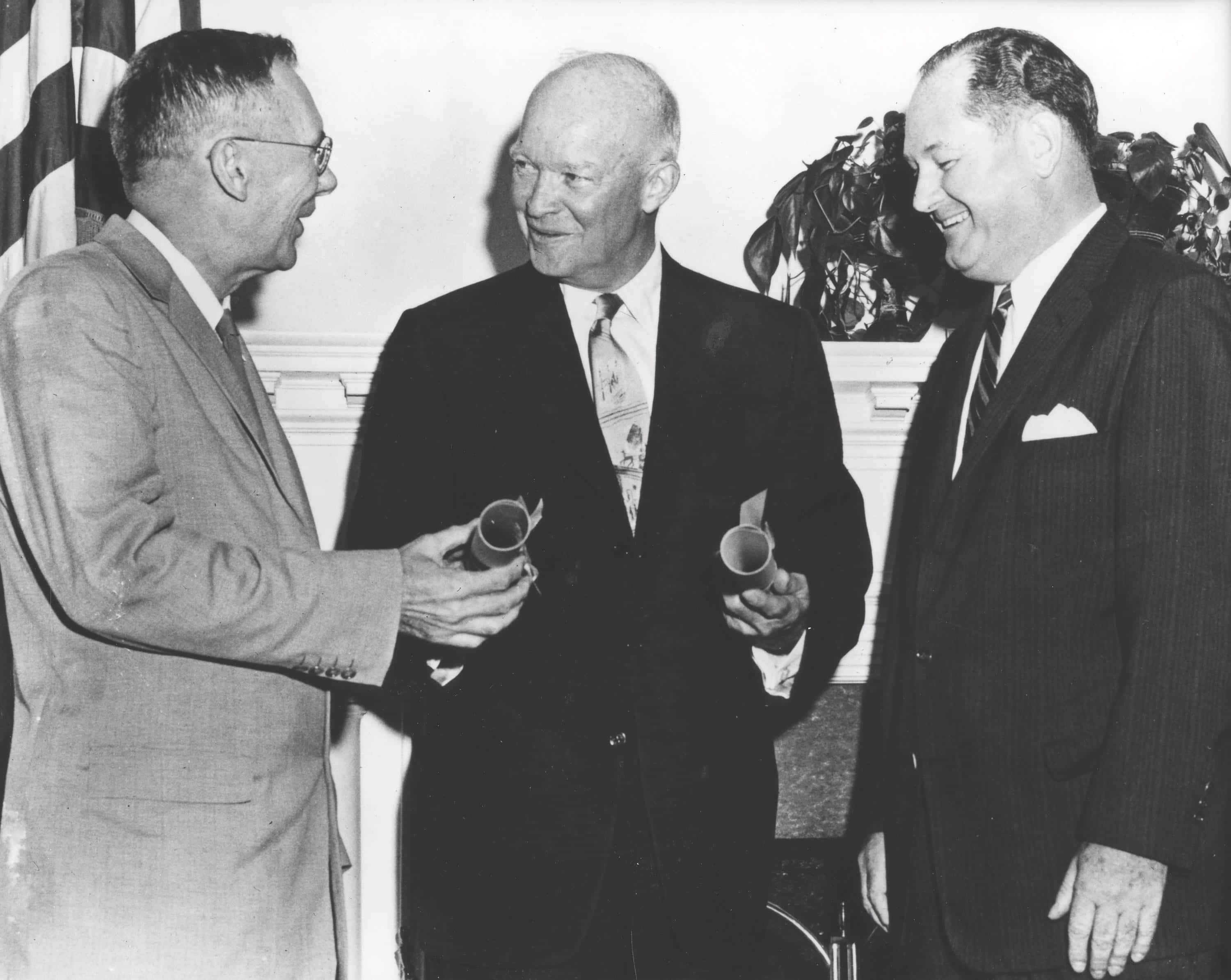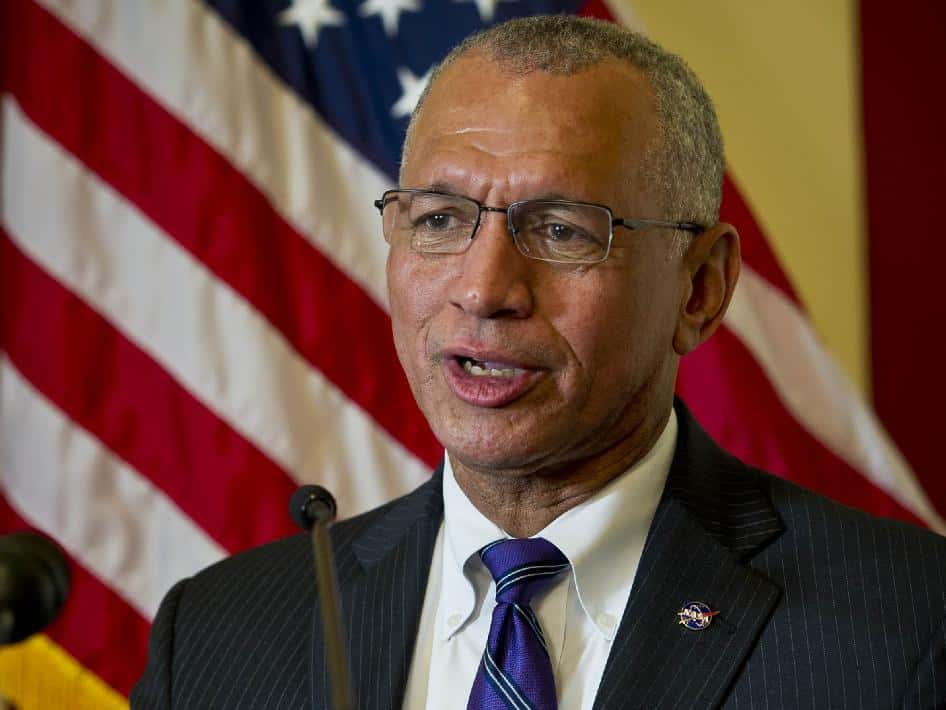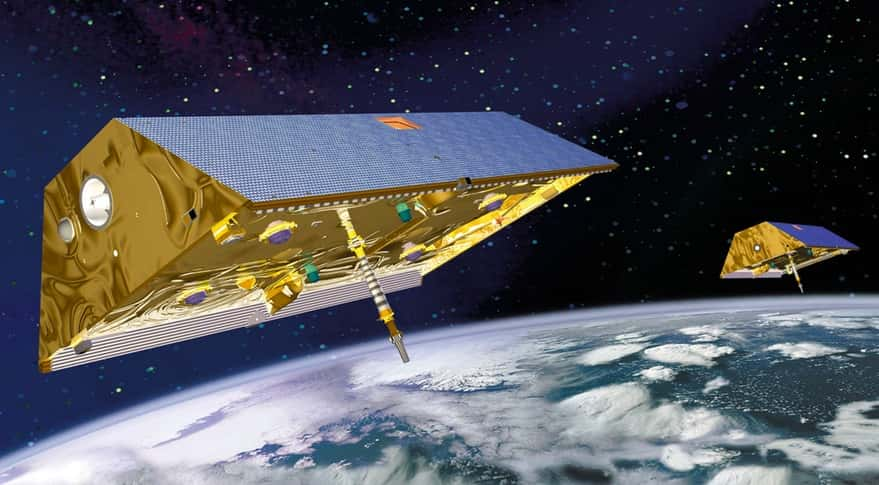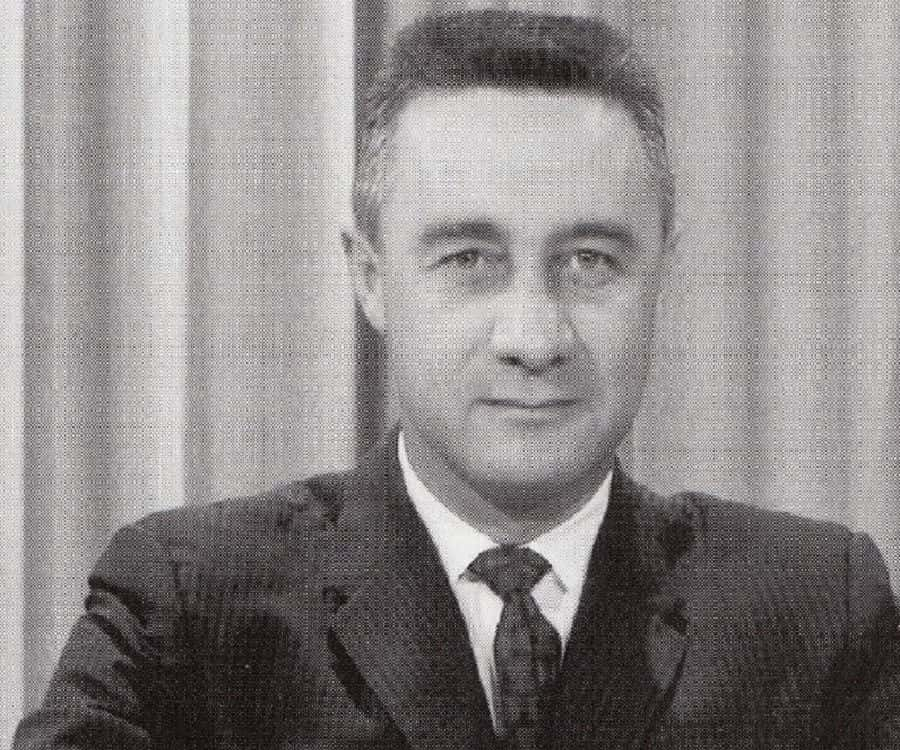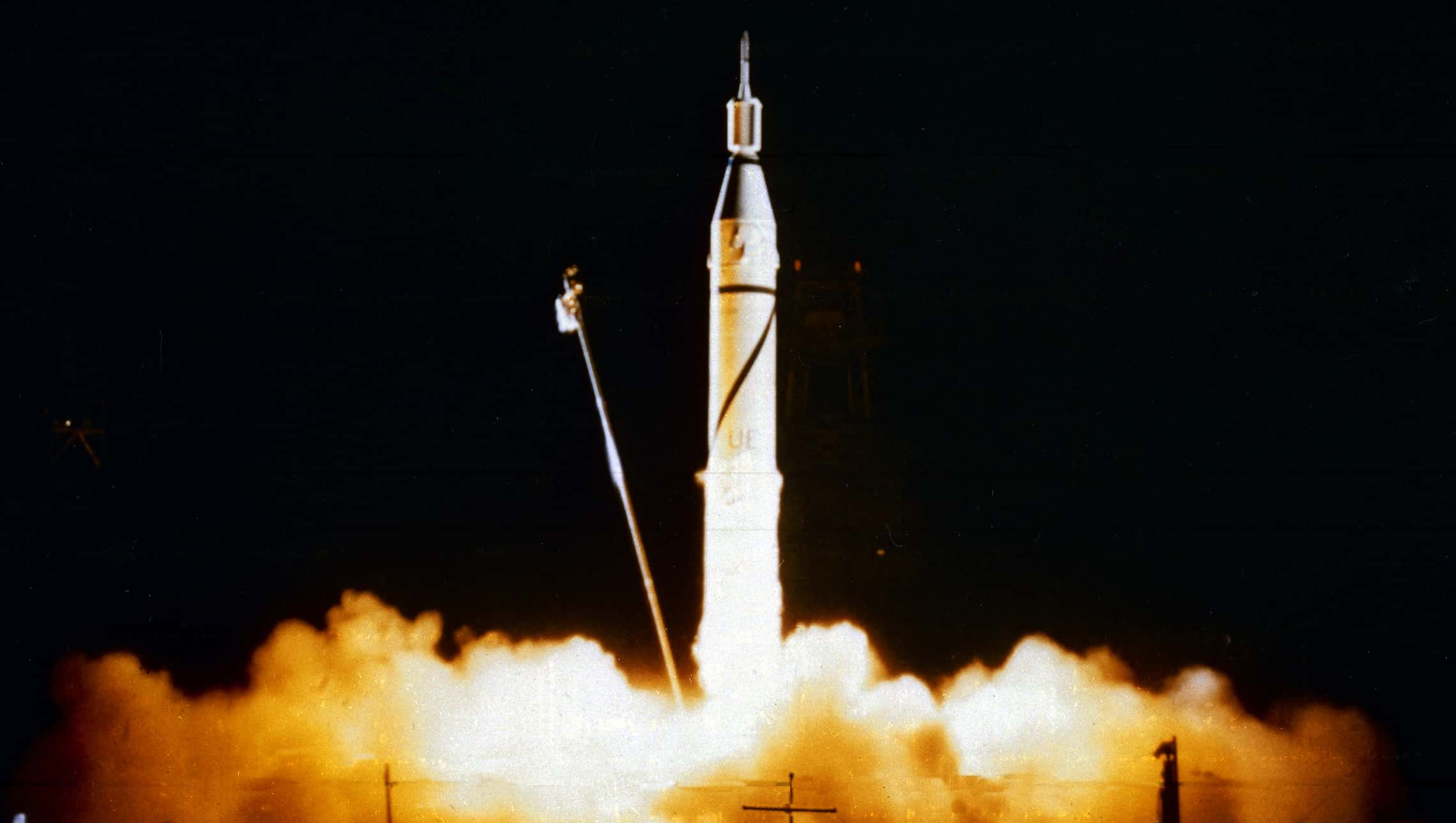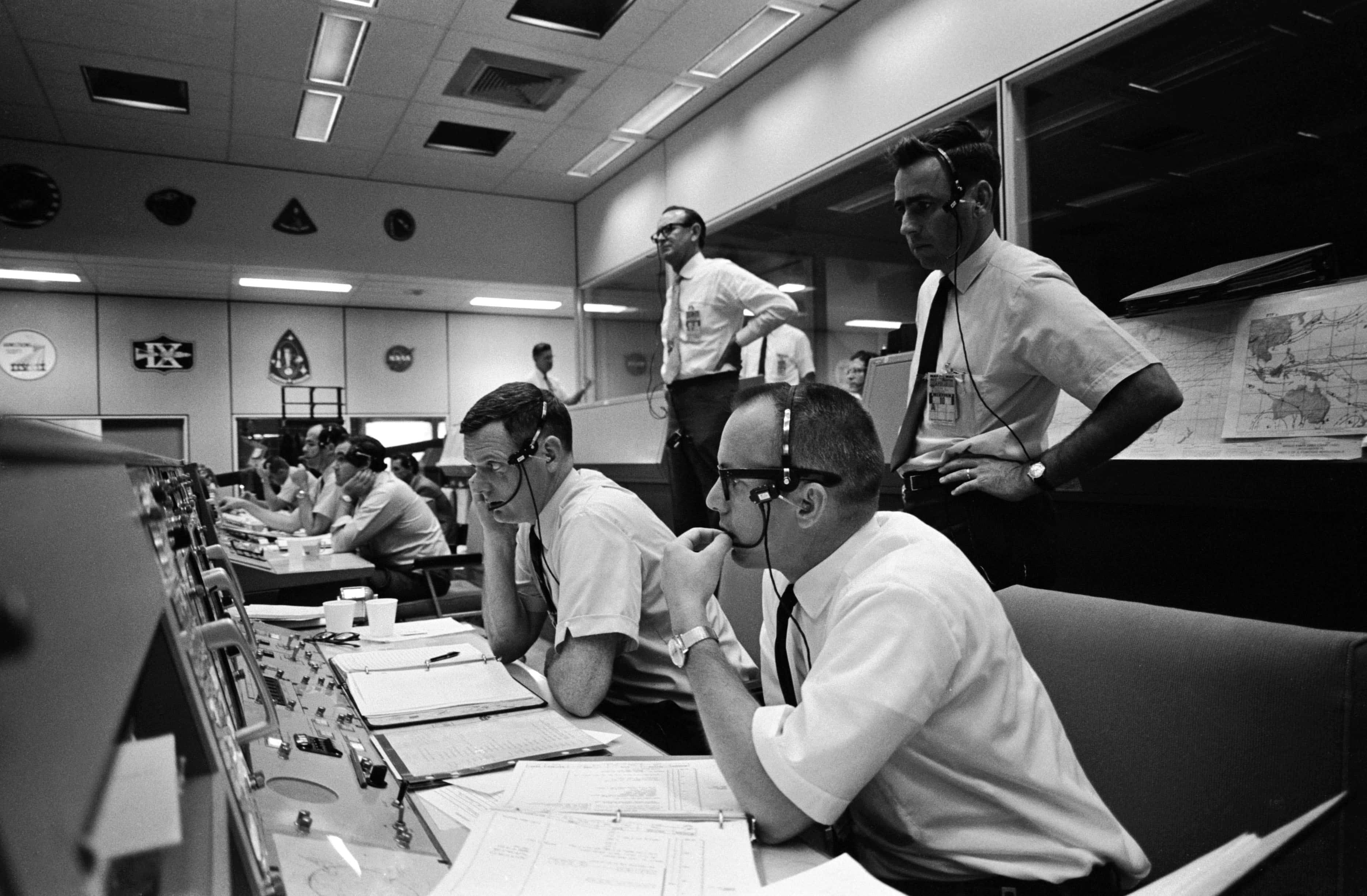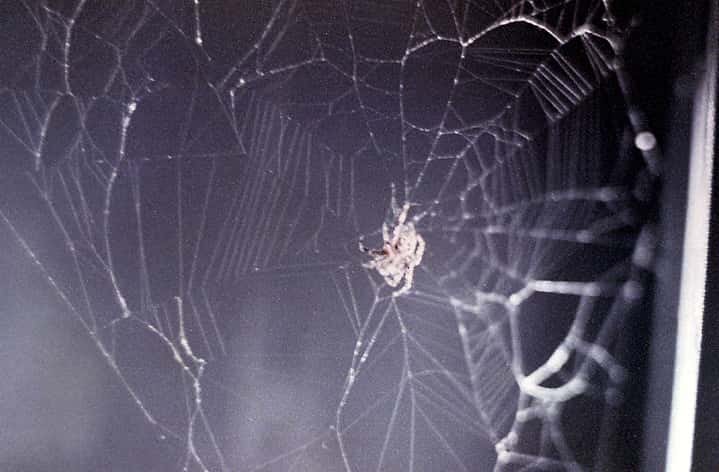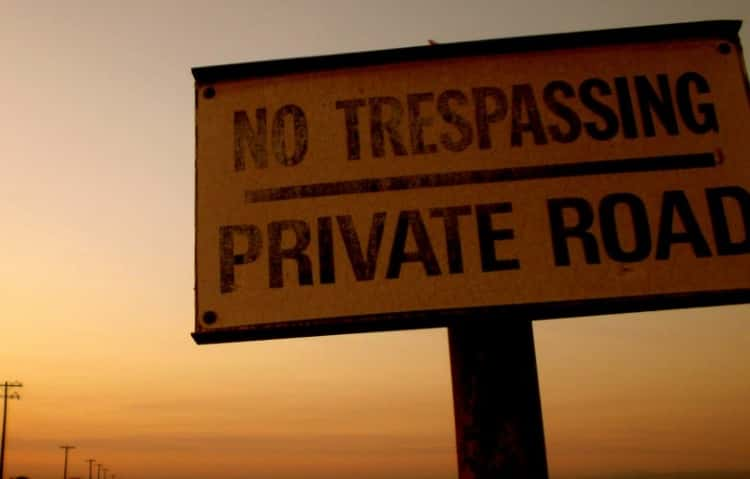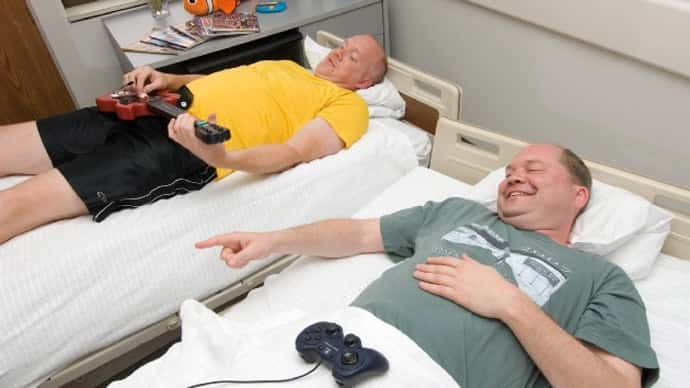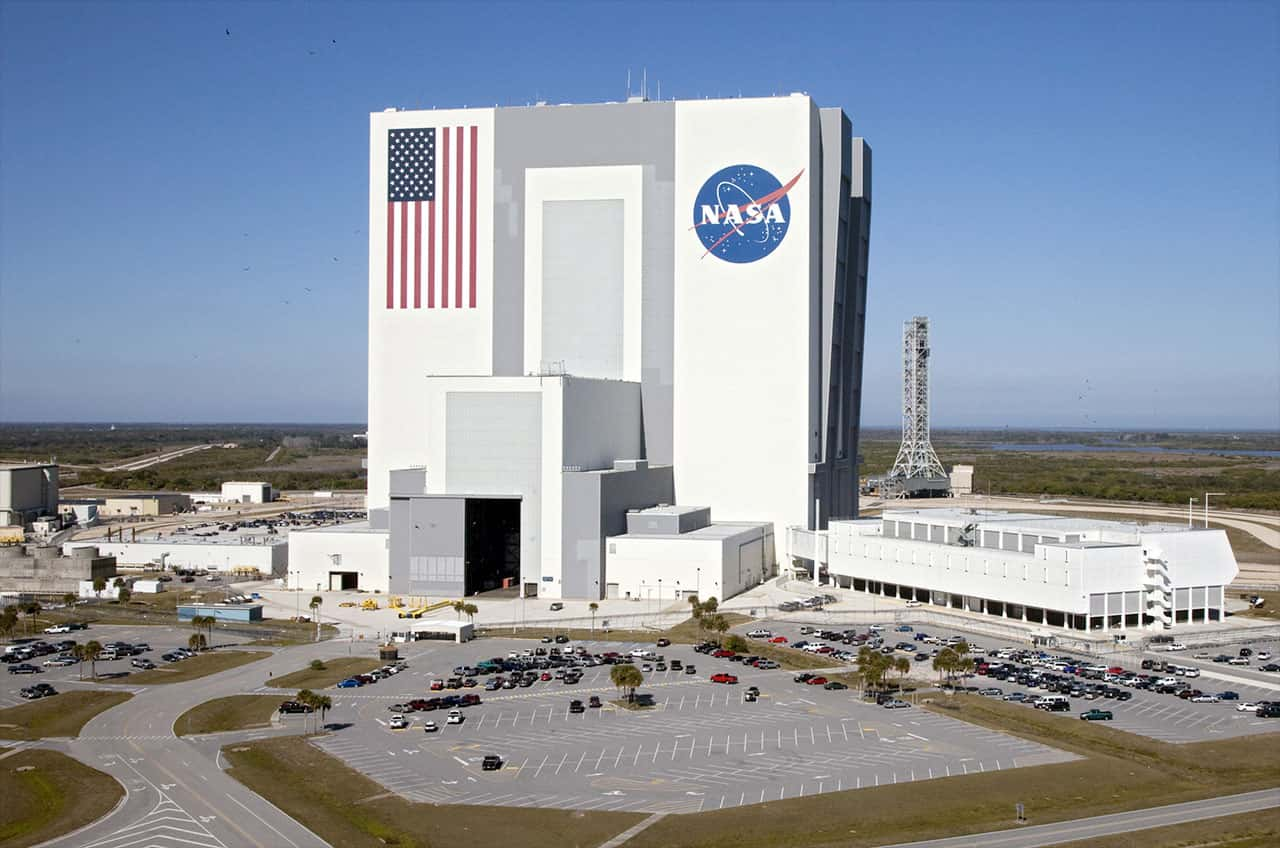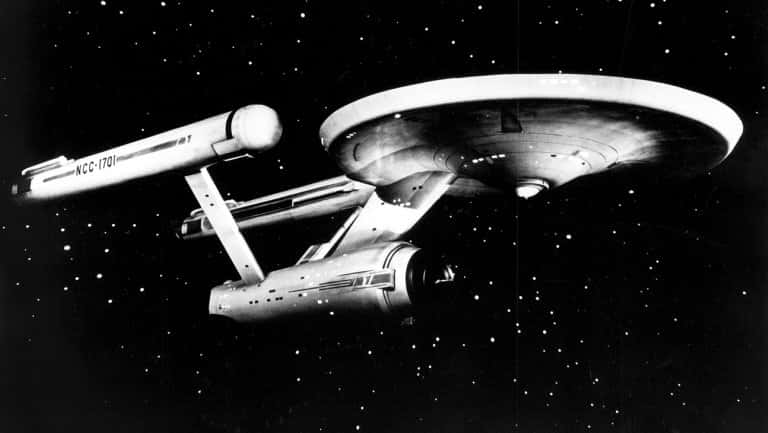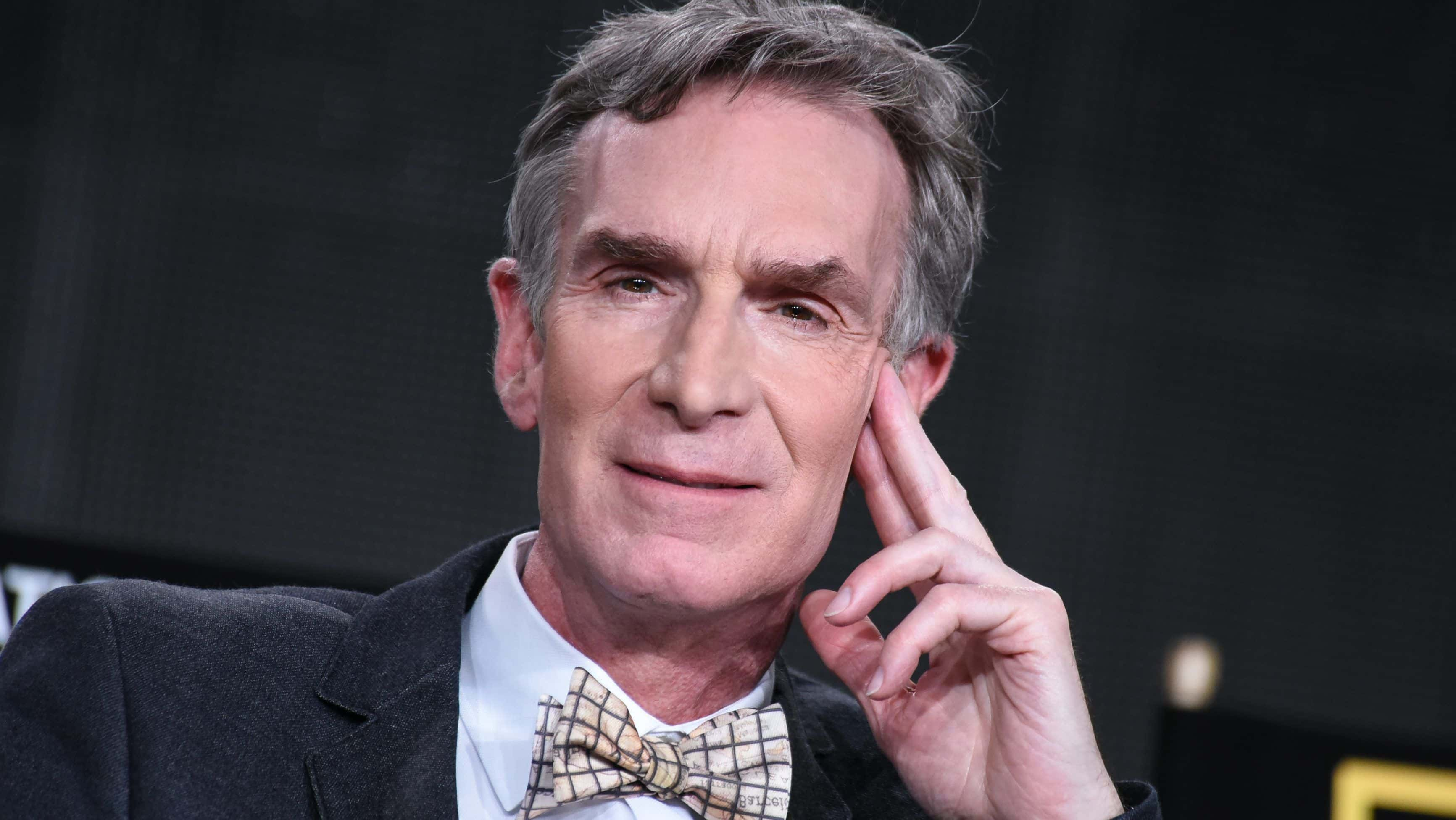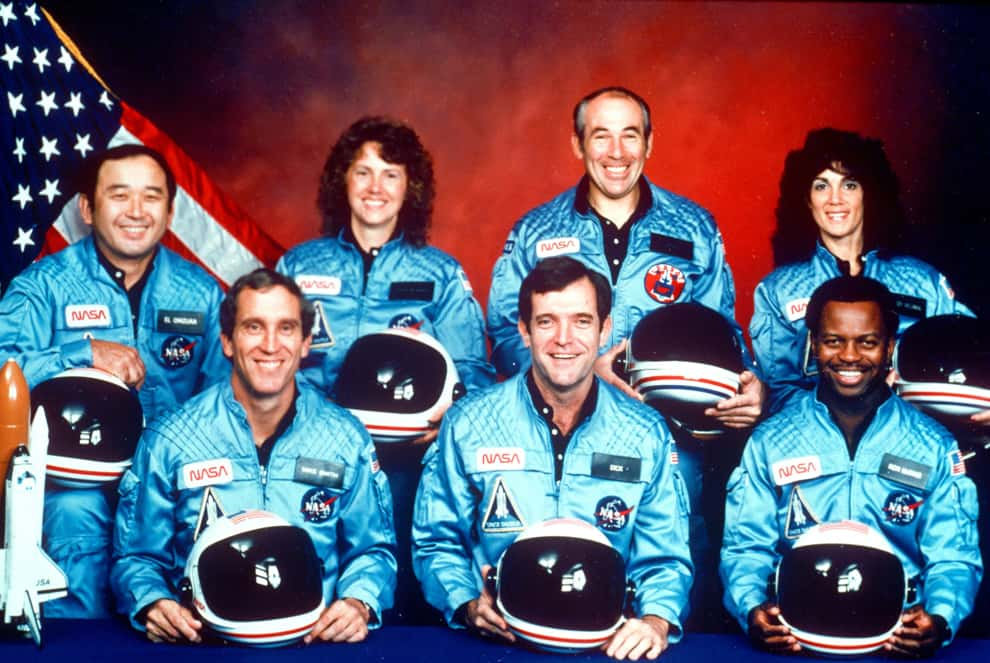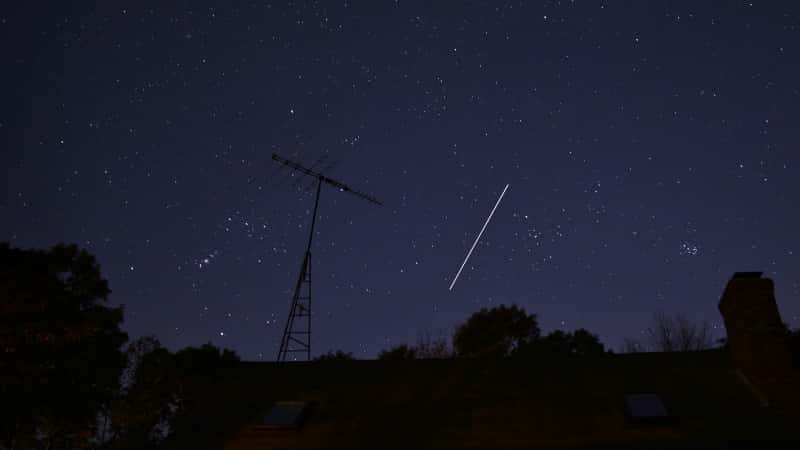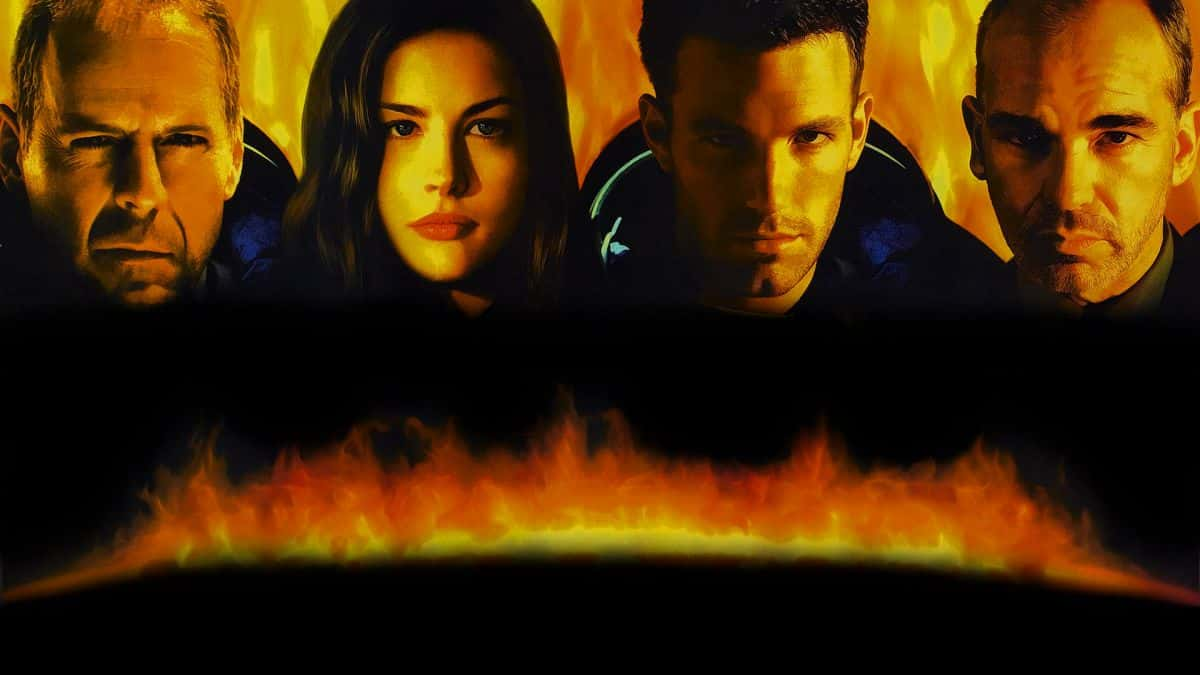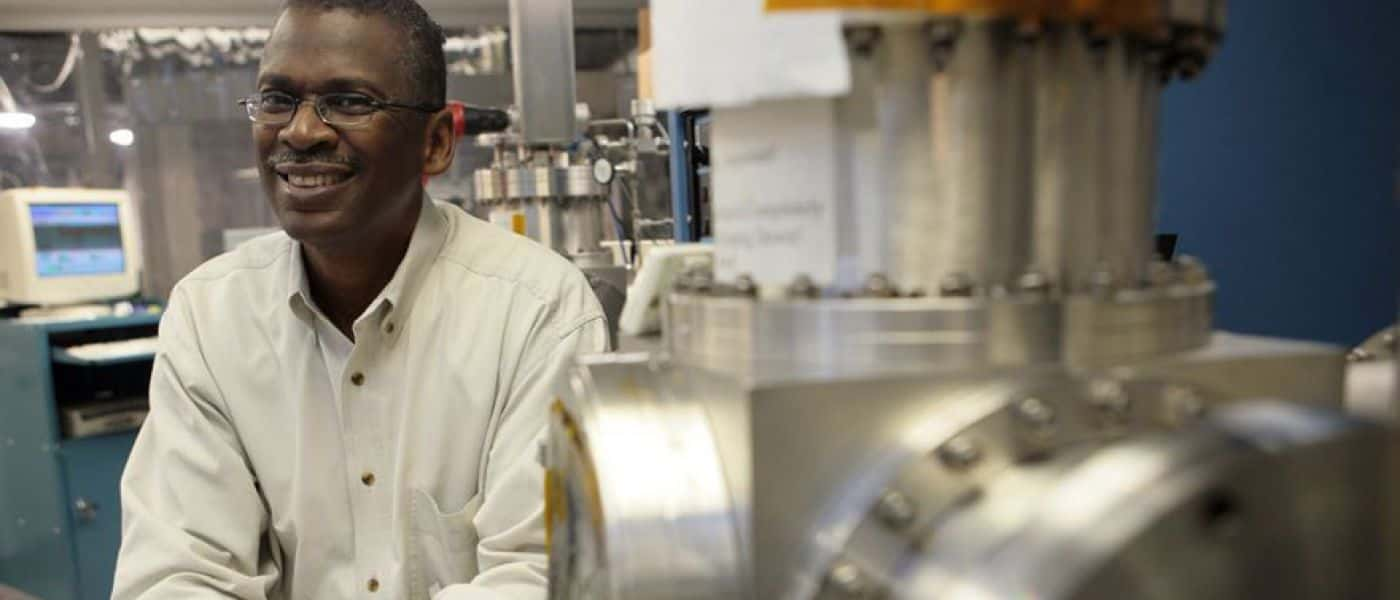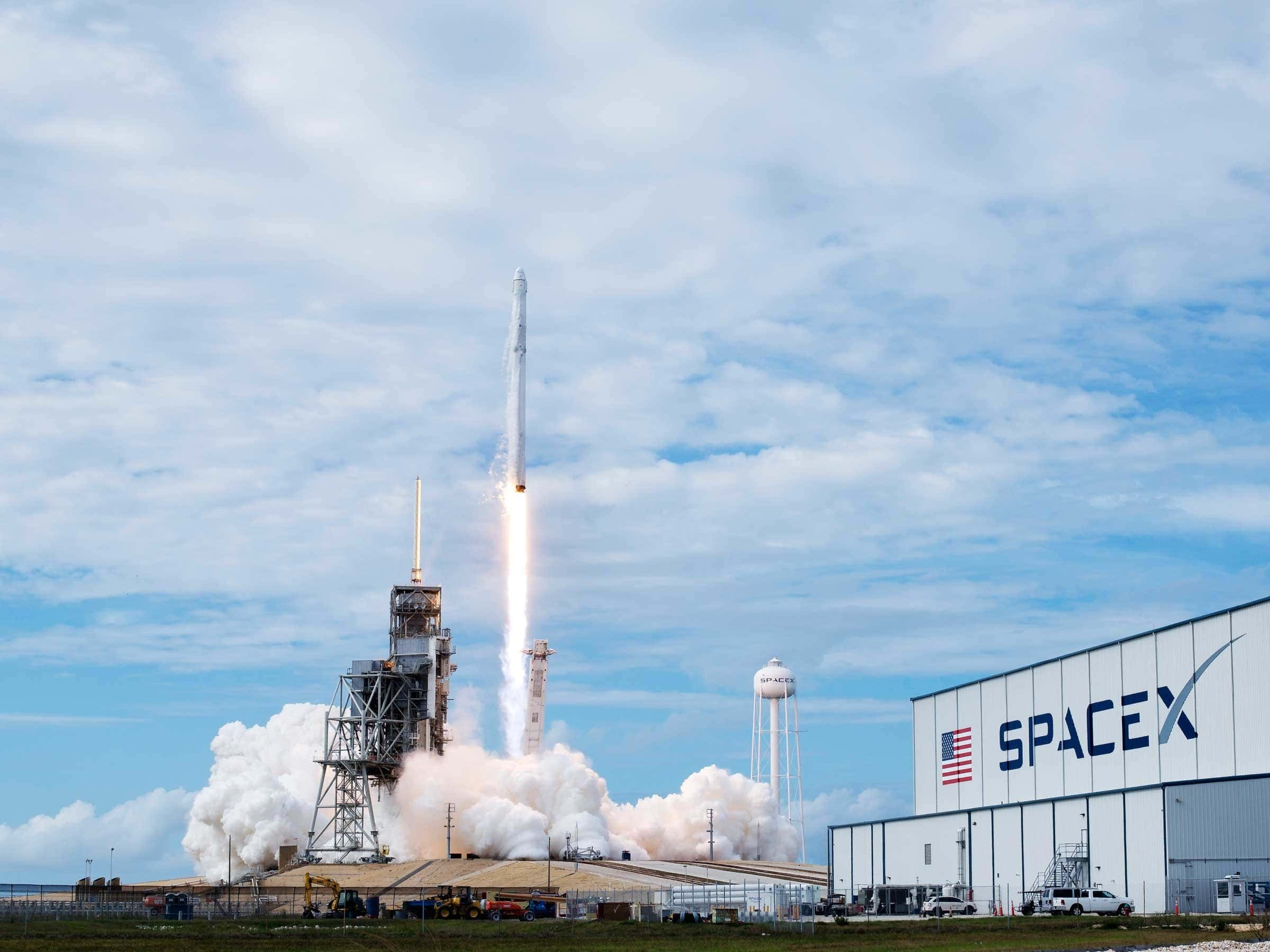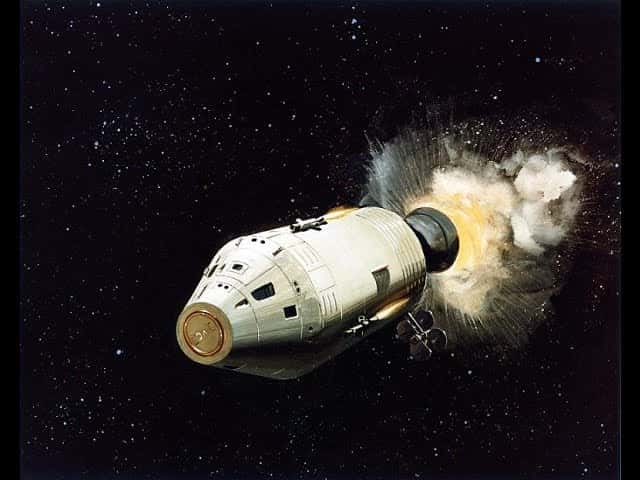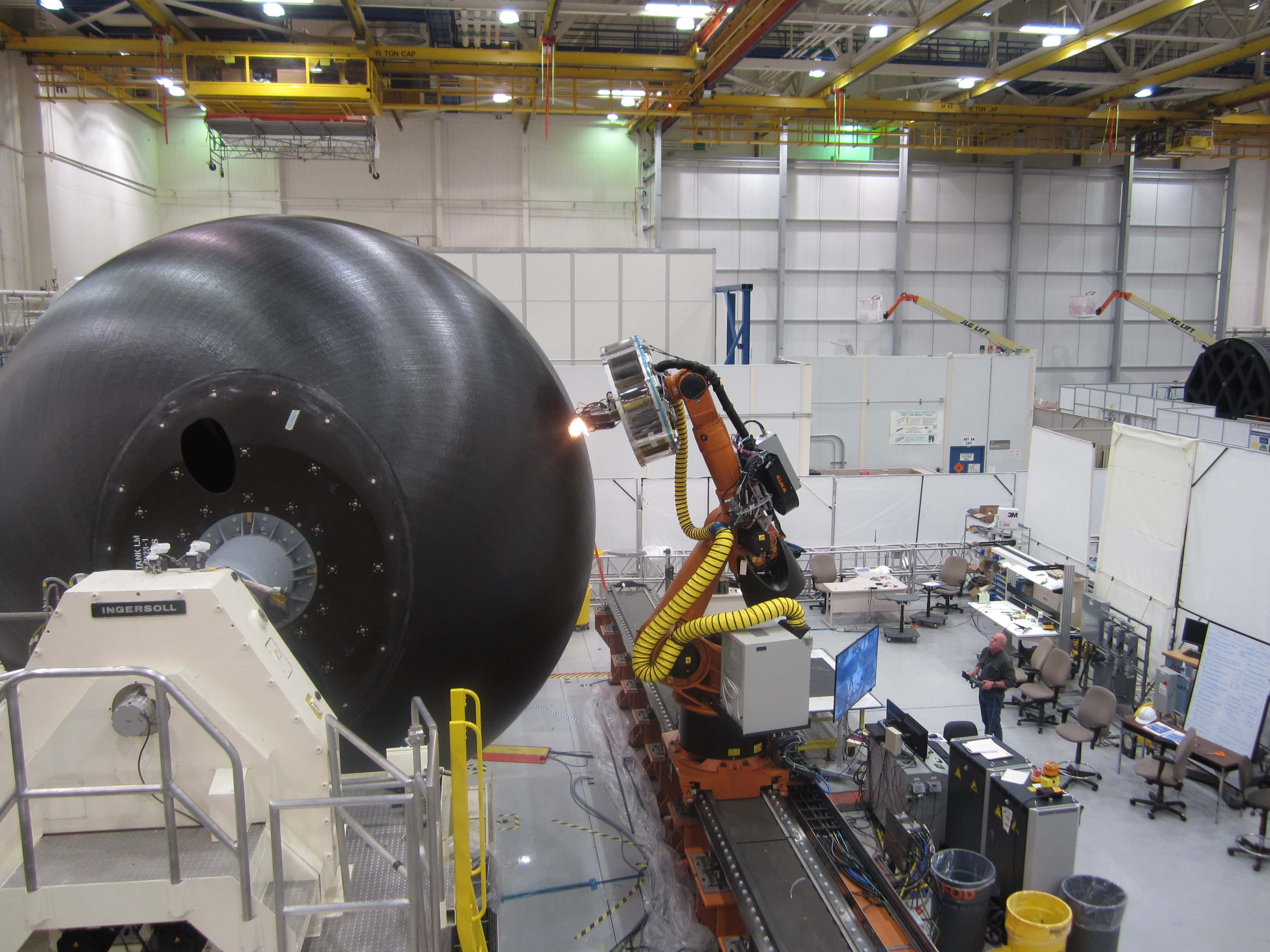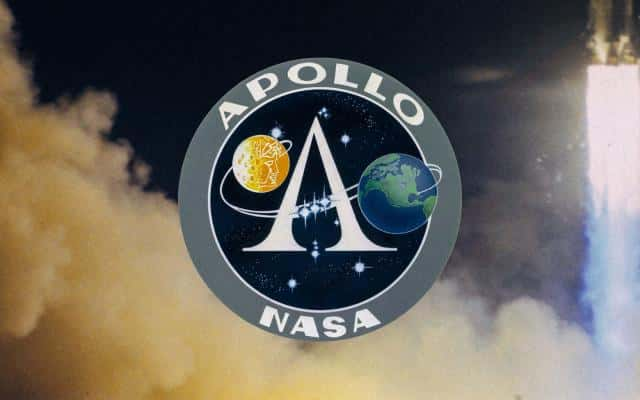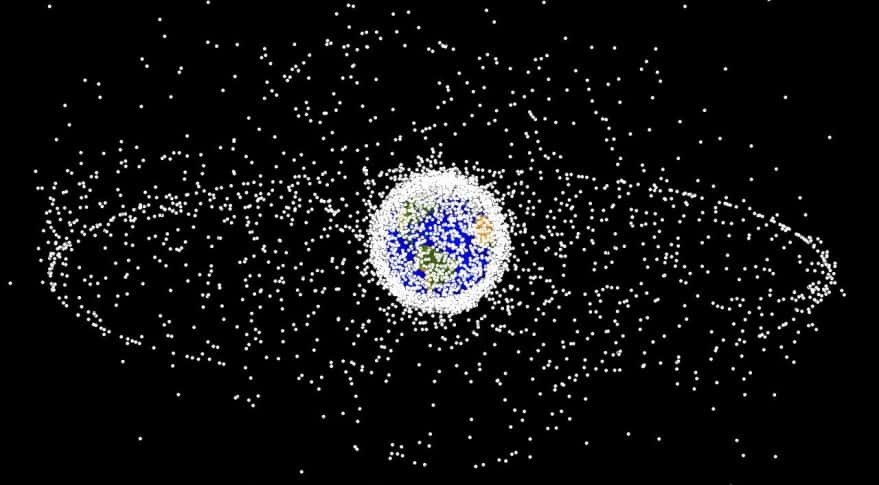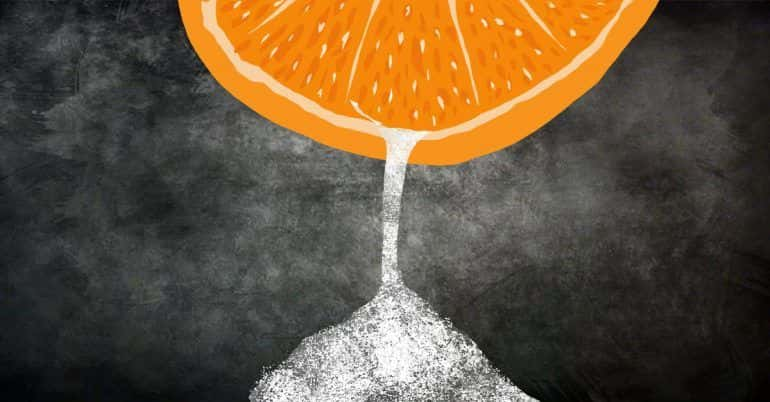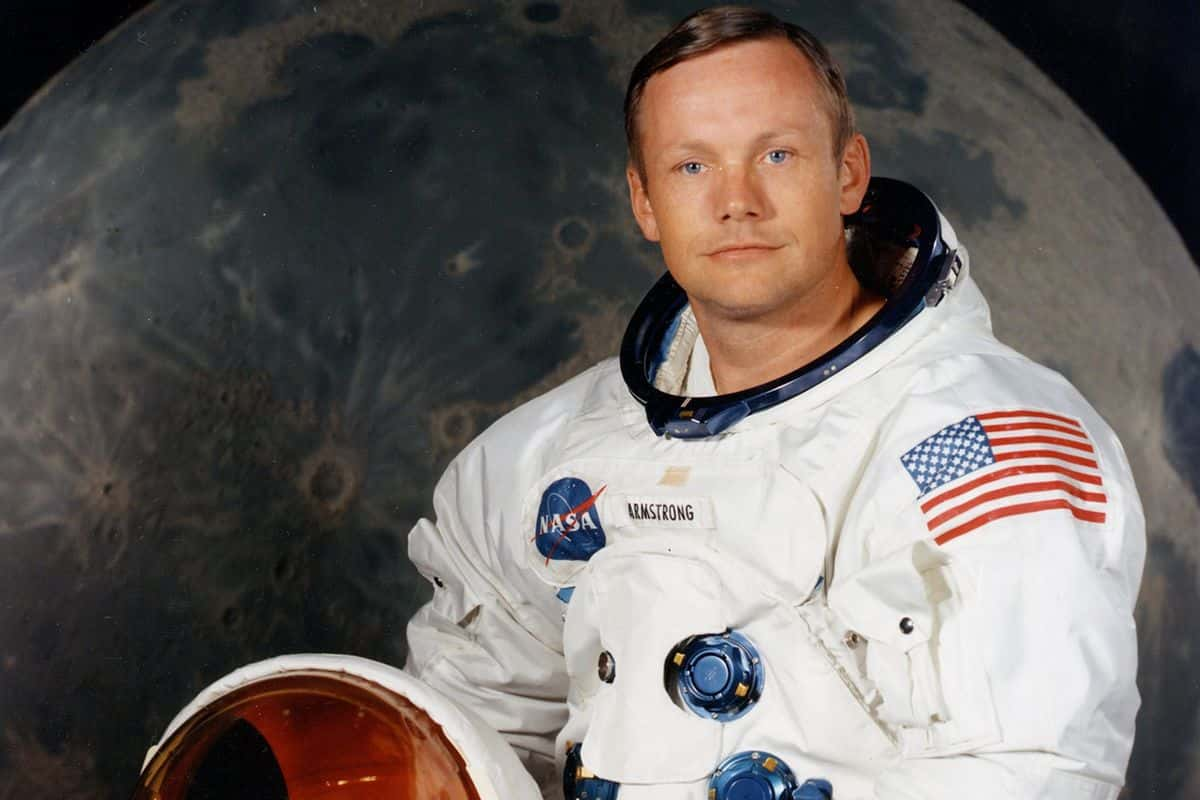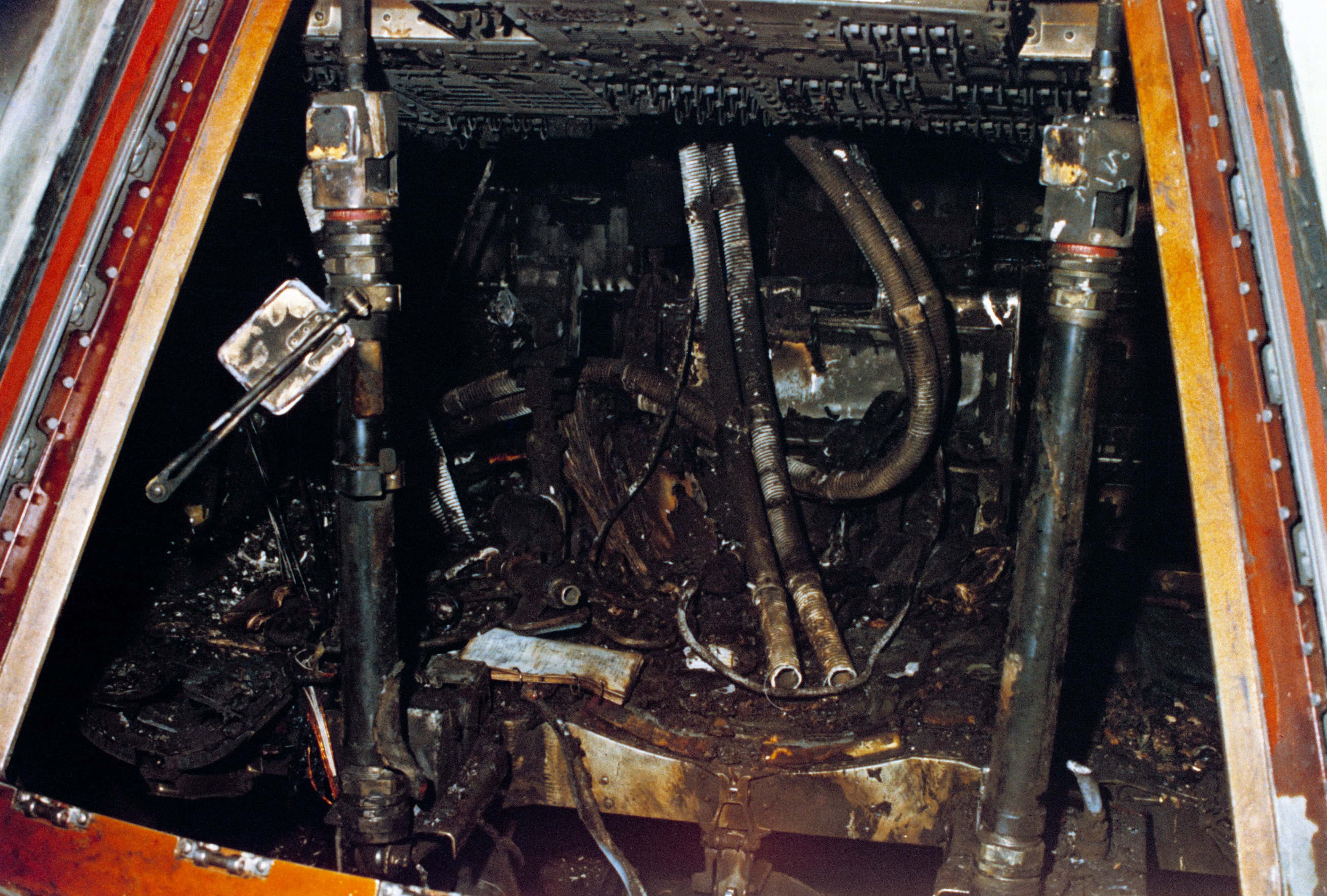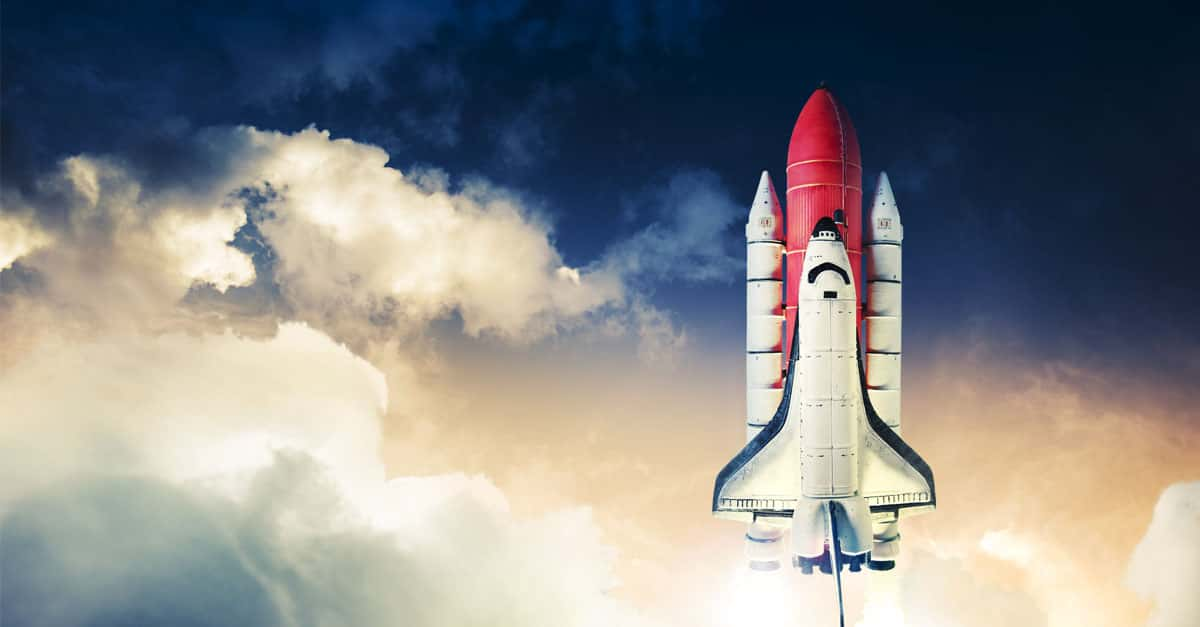“We choose to go to the moon in this decade and do the other things, not because they are easy, but because they are hard, because that goal will serve to organize and measure the best of our energies and skills, because that challenge is one that we are willing to accept, one we are unwilling to postpone, and one which we intend to win.”—President John F. Kennedy
Even as sci-fi looks up at the stars and dares to dream, the National Aeronautics and Space Administration does the hard work of figuring out how space works and how to get us there. For decades, astronauts have gone up into space, even walking on the moon, and come back to tell the tale thanks to the efforts of the men and women at NASA. However, this massive organization is also capable of making serious mistakes, and some of these blunders have become infamous for one reason or another. But while plenty of missteps have occurred, NASA is still undeniably one of the world's premier space agencies, and has accomplished some of the most amazing feats in human history. Read on for 42 facts about the people behind the Moon Landing, American space exploration, and who knows what else in the future.
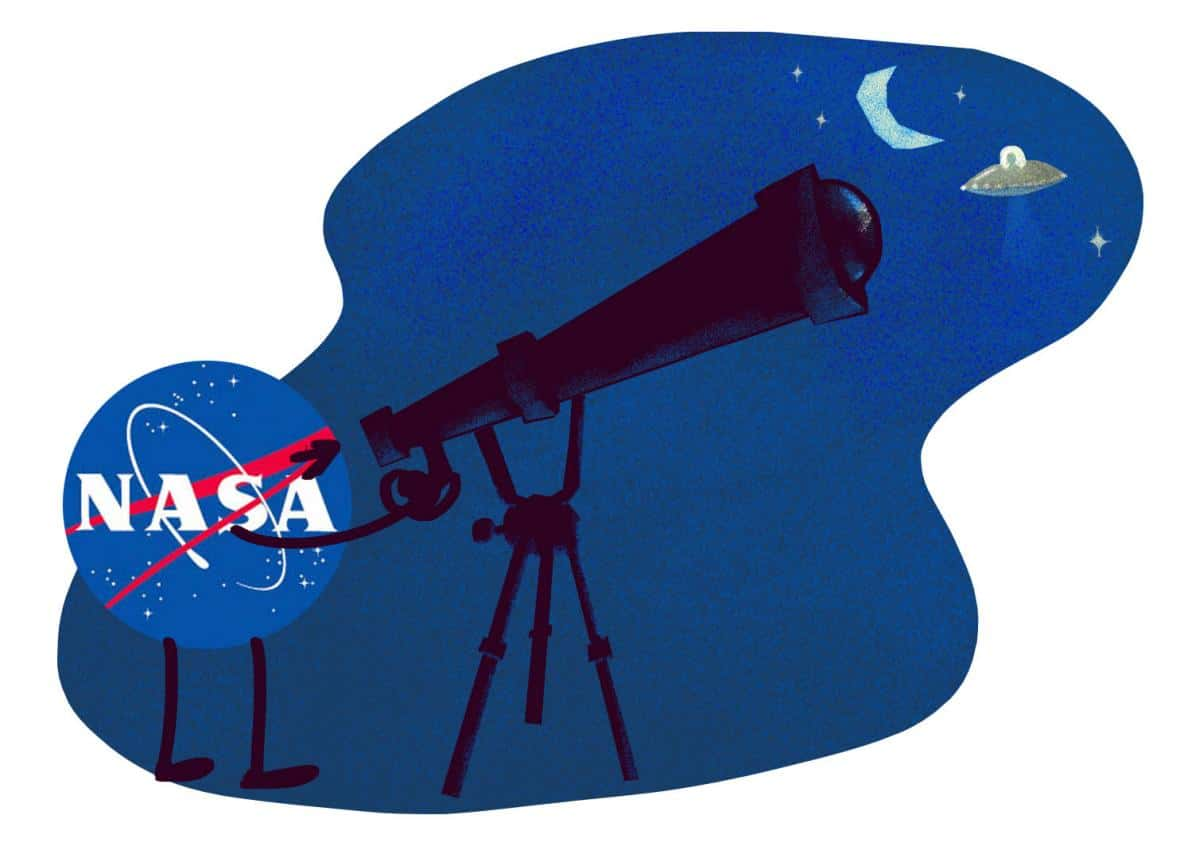 slate
slate
NASA Facts
42. So NASA is the Borg?
Before NASA, the National Advisory Committee for Aeronautics (NACA) had existed since 1946. However, after the Soviet Union successfully launched Sputnik, the world’s first artificial satellite, the Americans doubled down on conquering space before the Communists could (pretty much everything was a competition between those two back then). NASA was first established in 1958 by President Dwight Eisenhower when he signed the National Aeronautics and Space Act. NASA not only replaced NACA, but completely absorbed its budget, staff, equipment, and laboratories.
41. We’re Not Made of Money!
In 1997, a poll was taken to see how regular Americans thought the national budget was allocated, and it ended up showing that people had a skewed view of the costs of space exploration. The results concluded that Americans believed 20% of the total budget went towards NASA, as opposed to the 0.9% that was actually going to the agency at the time. Further studies have proved that this continues to be the case. The highest percentage of the budget that they’ve ever had was 4.4%, and that was in the years leading up to the moon landing.
40. Take Me to Your Leader
Although the Administrator of NASA, the head of the organization, is chosen by the President (usually from within their political party), NASA is officially non-partisan. In fact, appointed leaders usually stay in charge even after a different political party takes control of the Senate or the White House.
39. We Were Going to Go With “Itchy” and “Scratchy”
In 2002, NASA sent two satellites to orbit around the Earth to measure gravitational anomalies by keeping track of the distance between each other. Because even a big organization like NASA is capable of a sense of humor, these two satellites doomed to constantly chase each other around the world were nicknamed Tom and Jerry (ask your parents who those two were if you’re looking confused right now).
38. There’s a War Coming…
Until 2006, NASA’s mission statement included the phrase “to understand and protect the home planet.” Maybe they removed it because it sounded too xenophobic (in the galactic sense)?
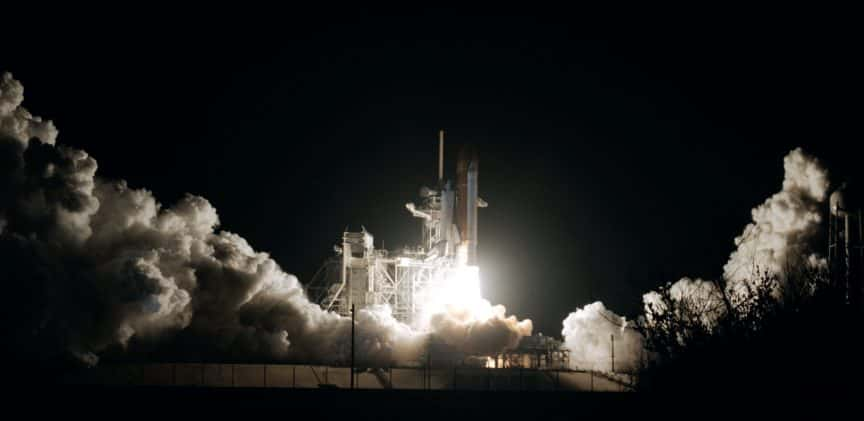 Earth Rising - An Alternative Environmental Commentary
Earth Rising - An Alternative Environmental Commentary
37. Sounds Like a Comedy Version of Gattaca
NASA almost refused to let Gus Grissom (AKA the second American in space) take part in any space missions because of the fact that he had hayfever. Eventually, someone in NASA realized that there is no pollen in space, so this condition wouldn’t matter at all.
36. Gotta Manage those Royalties
NASA actually has a list of accurate space technology terms that are useful for sci-fi writers to add a sense of realism to their stories. This makes us wonder if they send angry astronauts to authors' doors if they don’t comply?
35. Credit Where it’s Due
Contrary to what you might assume, NASA did not launch the first American satellite into space. Two months after Sputnik, in January 1958, Explorer 1 was launched by the Army Ballistic Missile Agency. Upon NASA’s founding later that year, they took charge of the Explorer program, and they've been in charge of the American space program ever since.
34. What a Waste!
Despite President Kennedy’s interest in getting an astronaut on the Moon, and despite his success in getting the finances for it, most Americans thought it was a ridiculous way to spend all those billions of dollars. Throughout the decade, only one year featured a poll result in which more than half of Americans thought it was worth going to the Moon—thankfully that year was 1969, the year they succeeded.
 UCF Libraries - University of Central Florida
UCF Libraries - University of Central Florida
33. A Young Man’s Game
During the first Moon Landing, the average age of the controllers monitoring things on the ground was only 26!
32. Nice Promotion
As of 2018, three former astronauts have later become administrators of NASA: Charles Bolden, Richard H. Truly, and Frederick D. Gregory.
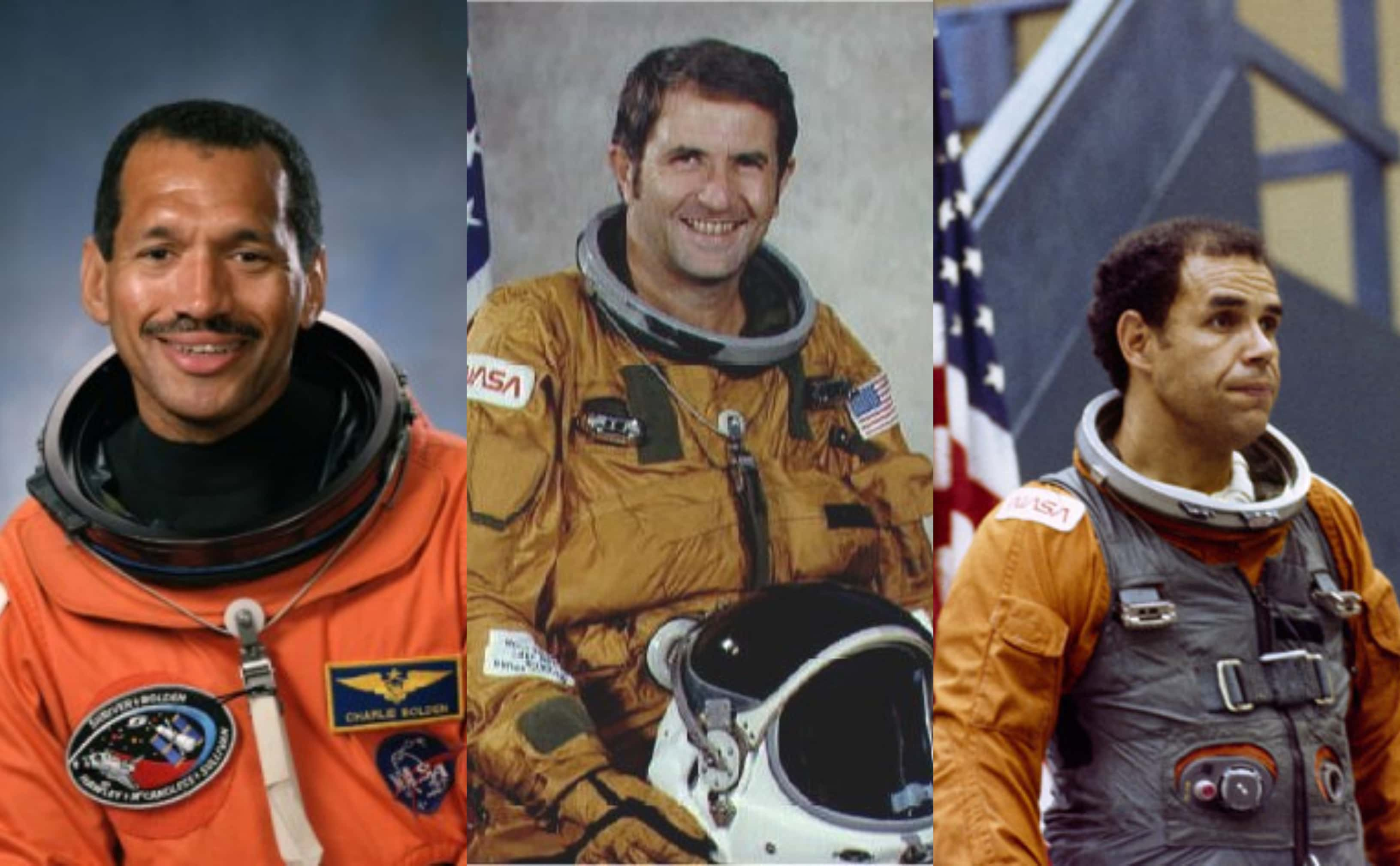
31. Arachnid Astronauts
It’s hard for us to imagine what’s truly like being up in space with zero gravity, so imagine how animals must feel when they go up! Presumably because someone at NASA was bored enough to wonder about this kind of thing, they sent two spiders into space to test whether they could spin webs without gravity to help them. The spiders (affectionately named Arabella and Anita), not only got the hang of things (heh) but their space webs proved to be more complex than regular old Earth webs!
30. Intergalactic Interlopers!
NASA has spent years launching missions to Mars, studying it for signs of life and generally getting more information about the solar system we live in. Given that nobody’s ever physically been to Mars yet, it must have amused NASA when they were sued by three men in Yemen who declared that NASA was trespassing on their private property. The men claimed paperwork which confirmed their ownership of the planet for over 3,000 years and wanted NASA to get off their lawn (so to speak). The case was thrown out of court.
29. Staying Laid Back Here at NASA
To make sure that astronauts stay healthy while in space, NASA rigorously studies the human body and how it is affected by zero gravity. One of their methods is to hire people to lie on their backs in bed for up to 70 days. In return, they get $18,000 (and presumably some therapy when they finally stand up straight again after all that time).
28. How Much to Send a Human?
There’s often been talk of just how expensive it is to send people up into space and back again. Surprisingly, though, space missions cost less than you think. You might even be surprised to know that the Minnesota Vikings’ new stadium cost more to build than it cost NASA to send a space probe to Pluto!
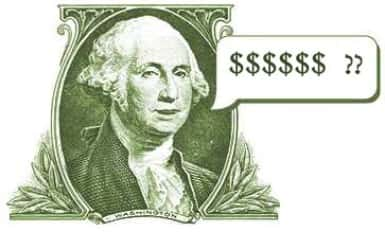 simplychiropractictampa
simplychiropractictampa
27. Bigger and Better Than Ever!
NASA’s Vehicle Assembly Building in Florida is so huge that it’s actually got its own weather! In fact, rain clouds would probably be forming near the ceiling on a constant basis if it wasn’t for the fact that the building employs one of the world’s largest air conditioning systems.
26. You Win Again, Trekkies
Does the name of the Space Shuttle Enterprise sound a little familiar? A campaign launched by fans of the sci-fi series Star Trek was successful in persuading NASA to name their first space shuttle after the USS Enterprise. The craft was only used for atmospheric testing and thus was not able to fly in space, but still, pretty cool.
25. “Bill Nye the Astronaut” Doesn’t Sound as Good
Before he captured the hearts and minds of so many children on TV back in the 1990s, Bill Nye was busy applying to be an astronaut—doing so four times to be exact. NASA, however, kept turning him down, so he was forced to abandon his dream of going into space.
24. How are Those Odds?
Out of more than 200 manned flights that NASA has launched thus far, only two were unsuccessful. However, these two outliers (Challenger in 1986, and Columbia in 2003) were disasters resulting in the deaths of their entire crews in front of millions of people watching on television. These two tragedies had a profound effect on the public perception of NASA and of space exploration in general.
23. Our Bad
In 2006, to the delight of conspiracy theorists everywhere, NASA had to sheepishly confess that they no longer had the original recording of the first moon landing. Apparently, they had run out of tapes and ended up recording over it (with what we hope is an episode of Firefly, for supreme irony).
22. Hello Down There!
You can sign up for a service with NASA that will send you a text whenever the International Space Station passes over your location.
21. Michael Bay Is Actually Useful?
It's rumored that NASA makes good use of the movie Armageddon when training its new staff. They show the film to their trainees and have them identify all the scientific inaccuracies that they can spot. Safe to say that Ben Affleck in space is at the top of the list!
20. Space Liquor
On Christmas Day, Apollo 8 was on the way back to Earth from the Moon. When the crew aboard opened the locker to receive their meal of the day, they found that someone in NASA had ensured that each of the astronauts got a mini Christmas dinner, with real turkey and gravy preserved inside. Also included were three mini-bottles of brandy. However, the commander of the mission, Frank Borman, was too wary of what could go wrong in space, so he forbade any of the astronauts from drinking the brandy while in space. One of the astronauts later sold his bottle at an auction, getting $18,000 for it!
19. Thanks for my Childhood!
A NASA scientist named Lonnie Johnson is partially responsible for the creation of the Stealth Bomber; in a strange side hobby, he also developed the Super Soaker! Which do you think is more important? Trick question, it's obviously the Super Soaker.
18. The Metric System is the Tool of the Devil!
In a rather embarrassing turn of events, NASA lost $125 million when the Mars Climate Orbiter was lost in space due to a simple math error. Both NASA and Lockheed Martin engineers worked on the project, and one group used metric units in their work while the other used imperial. Not all of these values were converted properly, and as a result the entire mission went up in smoke (literally—because of the miscalculation the Orbiter got too close to Mars' atmosphere and disintegrated). Given the fact that the Americans are one of the last countries in the world to use the imperial system for everything, we can just imagine international space programs’ reactions when NASA had to explain what went wrong.
17. Blast Off!
Cape Canaveral in Florida was chosen as NASA’s launch site because of how close it is to the Equator, allowing rockets launched there to take advantage of the Earth’s rotation to achieve better linear velocity. Another benefit of Cape Canaveral's location is the fact that it's on the coast, so if there are any accidents rockets will land in the Atlantic Ocean rather than US soil.
16. No Cheating!
One of the many things which NASA has had a hand in developing is the most drag resistant swimsuit that’s ever been created. Working with Speedo to develop this high tech swimwear, NASA was so successful that most swimming competitions have forbidden swimmers from wearing it while competing.
15. Don’t Mess with Us
To show that NASA is no pushover, they employ agents who have licenses to be armed and have the power to arrest people. NASA also has the authority to issue search warrants if they feel it necessary. Space Police, put your hands up!
14. Intense Moon Race
Launched in December 1968, Apollo 8 was the second manned mission into space. For the first time in history, human astronauts traveled around the Moon (the Russians had been the first to send an unmanned spacecraft).
13. We’re Not That Bad!
Some people have voiced criticism of all the environmental damage that it must clearly do to the Earth just to launch rockets into space. However, even if a Falcon 9 rocket was launched every single day, it would only represent 0.06% of the 802,620,000 US gallons of liquid fuel which the US population consumes on a daily basis.
12. Saving the Planet
Additionally, NASA has made several adjustments over the years to become as environmentally friendly as they can be. For example, NASA uses engines which run on LOx and LH2 (Liquid Oxygen and Liquid Hydrogen), which means all of the exhaust from those engines is simply water vapor. Furthermore, their ion engines rely on harmless noble gases like xenon.
11. Our Mysterious Neighbor
In total, six Apollo missions successfully landed astronauts on the Moon between 1969 and 1972. Twelve different people have the honor of having walked on the Moon, bringing back more than 840 pounds of samples from the Moon’s surface. Incredible data on how the Moon operates was also collected through experiments and brought back to Earth. Further studies regarding the Moon were fueled on Earth with the information collected by these astronauts.
10. An Unbroken Record
To this day, NASA’s Apollo program remains to be the only space program which successfully sent humans to a celestial body which wasn’t Earth. In fact, it's the only program to have sent humans beyond Low Earth orbit. That means that the Apollo astronauts went about 1,000 times further away from the Earth than any other astronaut ever has.
9. Perspective is Key
It’s common sense to assume that technology was simpler back in the 1960s, but just how much simpler it really was is a bit mind-boggling when you find out the details. The computer which was instrumental in the Moon Landing only had 64 KB of memory space and functioned at 0.043MHz. That means the toaster in your kitchen probably has a stronger computer inside it!
 ForoCoches
ForoCoches
8. Space Church
During the Apollo 8 mission, the crew aboard had broadcast a reading of the Bible while drifting through space. Activist Madalyn Murray O’Hair protested at this action, arguing that church and state had to be separated. As she saw it, the astronauts were technically government employees on the clock, pushing a religious agenda which didn’t fit everyone’s views on the subject.
7. Discretion is the Greater Part of Valor
As a result of the trouble that they had to deal with, NASA insisted on no more religious talk during the Apollo 11 mission. Instead, Buzz Aldrin simply asked everyone to “give thanks in his or her own way” when they successfully made it to the Moon. During the 30 seconds of silence, Aldrin quietly took Holy Communion (thanks to a small package of communion bread he’d brought with him to the Moon).
6. Eat Your Heart Out, Pumbaa
Due to some heart complications experienced by the astronauts aboard Apollo 15, NASA determined that there had been a lack of potassium in their diets. They corrected this by supplying the crew of Apollo 16 with lots of orange juice. Unfortunately—and somewhat humorously—this just caused another problem to emerge: flatulence. The astronauts even joked about it while communicating with the people back on Earth. Farting while I'm under the covers is bad enough, how bad must it be when you do it in your own personal atmosphere?
5. Mission Aborted
NASA wanted to create a television channel which would offer “real education through the medium of television.” Working with the Department of Health, Education, and Welfare, NASA created the channel TLC, which you might remember as being the home of such educational programs as The Duggars, Honey Boo Boo, and Sarah Palin’s Alaska. Is it too late to invest in National Geographic, NASA?
 Working-Class Perspectives - WordPress
Working-Class Perspectives - WordPress
4. How Fitting!
To show that everyone has a sense of humor sometimes, the Kennedy Space Center’s area code is 321 (in honor of the countdown before liftoff).
 Spacely Dot Net
Spacely Dot Net
3. Now That’s a Good Friend
Neil Armstrong was the first person to ever set foot on the Moon, and he very nearly lost his chance to do so when his application to NASA was submitted a week late! His friend, Dick Day, managed to slip it into the pile with the others, ensuring that Armstrong was counted among the rest of the candidates.
2. In Memoriam
Apollo 1 was the first attempt at a spacecraft capable of reaching the moon, but it was never launched as a space mission because of a tragic accident during a test run in 1967. An electrical problem, coupled with the presence of combustible nylon material, resulted in a cabin fire. Due to further complications, the fire killed all three astronauts when they were trapped in the cockpit and couldn’t be retrieved until it was too late.
1. Challenge Accepted.
In 2017, the NASA Authorization Act was passed, giving NASA the objective to put humans on Mars by the 2030s. That’s about 12 years away, NASA, in case you weren't keeping track. Good luck!

